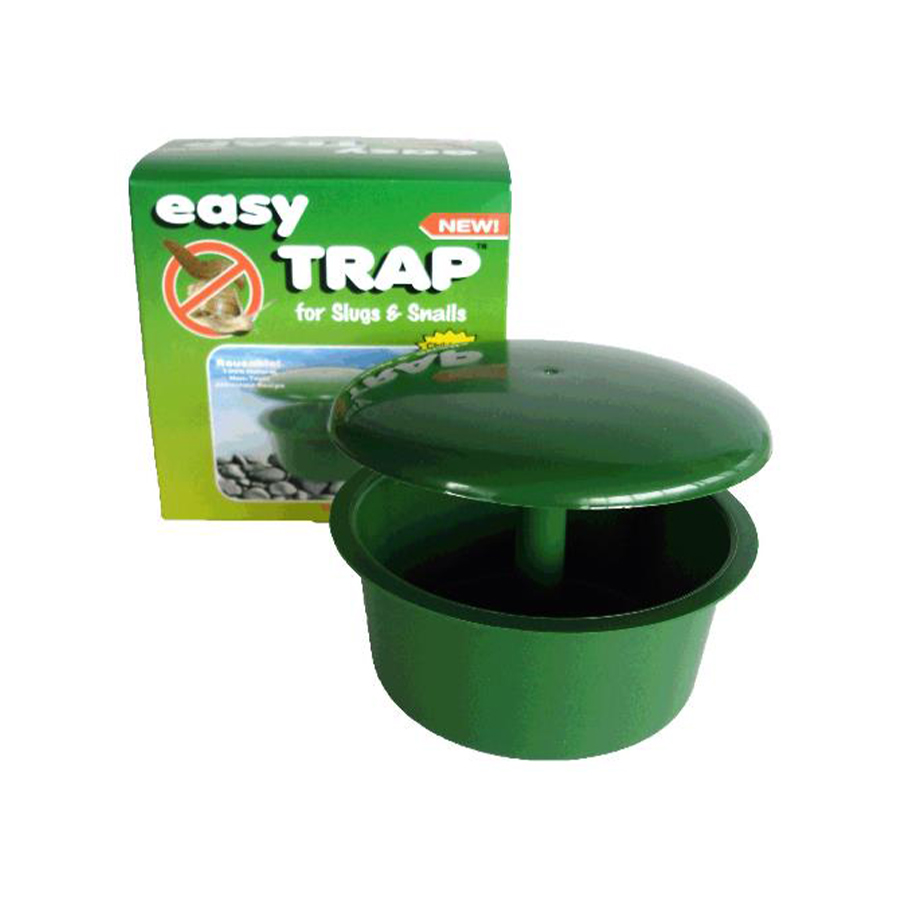Description
Easy Trap Slugs & Snails
Natural alternative to poisons and pesticides Natural recipe included on instructions
Effective, Great Value, Reusable.
Slug and snail traps are devices designed to capture and control these common garden pests. Slugs and snails are known for feeding on a wide range of plants and can cause damage to crops and ornamental gardens. Using traps is an environmentally friendly way to manage their populations without resorting to chemical pesticides. Here’s some information on slug and snail traps:
- Types of Slug and Snail Traps: Slug and Snail Bait Traps: These traps use slug and snail bait that is formulated to attract and kill the pests. The bait is placed in a container with a lid to protect it from rain and pets. Pitfall Traps: Pitfall traps are simple holes dug into the ground and filled with a liquid or bait that attracts slugs and snails. The pests fall into the pit and are unable to crawl out. Hiding Places: Providing natural hiding places like overturned flower pots or boards can also act as traps. Slugs and snails hide under these objects during the day, making it easier to collect and remove them.
- Placement: Position traps in areas where slugs and snails are commonly found, such as near garden beds, plants, or other areas where you’ve noticed damage. For beer traps, bury the container with the rim level with the ground to prevent slugs and snails from easily escaping. Maintain traps by emptying them regularly, especially after rainfall, as they can become diluted.
- Maintenance: Empty and clean traps regularly to maintain their effectiveness. Replace beer or bait in traps when it becomes ineffective or loses its potency.
- Natural Predators: Encourage natural predators of slugs and snails, such as birds, frogs, toads, and ground beetles, to help keep their populations in check.
- Garden Hygiene: Keep your garden clean and free of debris, as slugs and snails thrive in damp, dark places. Water your garden in the morning to allow the soil to dry out during the day, as slugs and snails are most active at night.
- Alternative Methods: Some gardeners use diatomaceous earth (DE) or eggshell barriers as natural deterrents. These materials can create abrasive surfaces that are uncomfortable for slugs and snails to crawl over.
Overall: Remember that while slug and snail traps can help reduce their populations, it’s often necessary to use a combination of methods for effective pest control in gardens. Integrated pest management (IPM) strategies that incorporate traps, natural predators, and good gardening practices can provide a comprehensive approach to slug and snail control.


